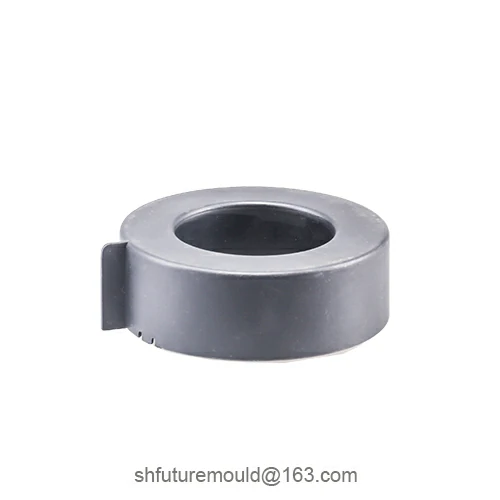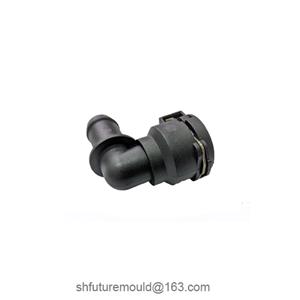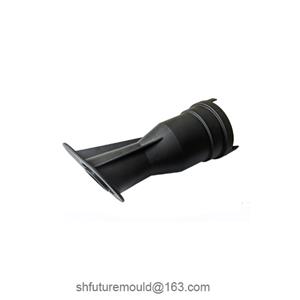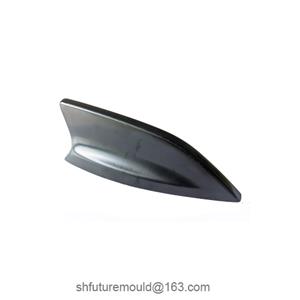What is an Injection Mold? What is the Function of an Injection Mold?
An injection mold is a precision tool used for the mass production of plastic products. It achieves the desired shape by filling, cooling, and solidifying high-temperature molten plastic within the mold cavity. It is a core piece of equipment in the plastic processing sector of modern industry.
1. Core Functions
Molding: Transforms liquid plastic into solid products with specific geometric shapes through the mold cavity structure.
Precision Control: Mold tolerances can reach up to ±0.02mm, ensuring the dimensional stability of the products.
Surface Treatment: Achieves various surface texture requirements through polishing and etching.
2. Industrial Value
Efficient Production: A single injection cycle can be as short as 10 seconds, enabling daily production capacities in the tens of thousands.
Cost Optimization: Mold lifespan can exceed 500,000 cycles, reducing the per-unit cost.
Complex Structure Molding: Can integrate mechanisms like sliders and angled lifters to achieve features such as undercuts and threads.
3. Application Fields
Consumer Electronics (e.g., phone casings, connectors)
Medical Devices (e.g., syringes, catheter connectors)
Automotive Industry (e.g., interior parts, lamp covers)
- Injection Mold
- Automotive Injection Mold
- Electronics & Electrical Injection Mold
- Consumer Goods Injection Mold
- Airplane Components Injection Mold
- Medical Components Injection Mold
- Irrigation Components Injection Mold
- Injection Molds




